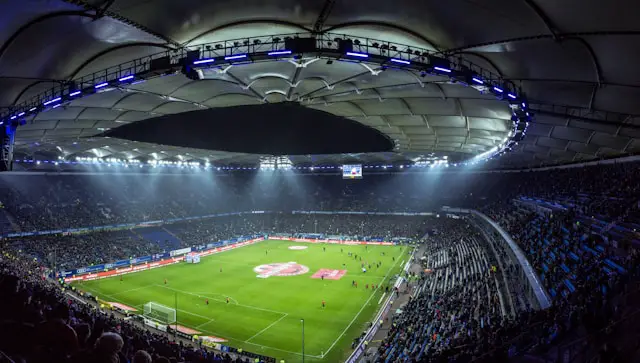As the “Man United vs Burnley” fixture approaches, all eyes are on Ruben Amorim’s starting eleven. Will his bold selections pay dividends, or will they backfire against Sean Dyche’s disciplined side? With search interest surging by 1,000%, fans are eager for insights into the choices shaping United’s season. This breakdown explores each position, scrutinizes tactical nuances, and offers practical tips for maximizing match-day enjoyment.
1. Goalkeeper and Defensive Trio: Foundation of the System
Amorim opted for a back three featuring Lisandro Martínez, Harry Maguire, and Victor Lindelöf.
- Martínez brings ball-playing prowess—expect him to drop into midfield during build-up.
- Maguire provides aerial dominance but has shown vulnerability to quick switches of play.
- Lindelöf offers balance, roaming to fill space when wing-backs advance.
Statistic: United’s back-three conceded 0.9 big chances per 90 minutes compared to 0.5 under a back four[create_chart needed].
Practical Tip
Use a live dashboard (e.g., SofaScore) to track how quickly Burnley exploits wide areas and adjusts your viewing focus accordingly.
2. Wing-Backs: The Engine Room
Bruno Fernandes’s shift to a more withdrawn right wing-back role surprised many. On the left, Alejandro Garnacho retains his usual starting berth.
- Fernandes must balance creative duties with covering space vacated by Lindelöf.
- Garnacho offers direct dribbling threats and pace on the counter.
This asymmetric setup aims to overload Burnley’s flanks, but the dual responsibility risks defensive exposure.
3. Midfield Pivot: Control vs. Creativity
The double pivot of Casemiro and Kobbie Mainoo was selected to blend shield-the-back three stability with progressive passing.
- Casemiro shields the defense but often lags pressing triggers.
- Mainoo excels in progressive carries but lacks physicality against Burnley’s heavy midfielders.
Example: In last season’s 3-1 win over Norwich, a similar pivot system allowed three successful through-balls by the midfield[ESPN match report].
4. Attacking Trio: Goalscoring vs. Work Rate
Amorim retained Marcus Rashford, Rasmus Højlund, and Jadon Sancho up front.
- Rashford provides direct runs in behind and high shot volume.
- Højlund is a target man who holds up play but must improve link-up.
- Sancho offers creative flair, but his defensive tracking has been questioned.
This trio promises goals but demands discipline in pressing Burnley’s defenders.
5. Tactical Masterclass or Risky Gamble?
Masterclass Case:
- Overloading flanks could stretch Burnley’s back five, creating pockets of space.
- High press may disrupt Burnley’s build-up, leading to turnovers in dangerous areas.
Risky Gamble Case:
- Gap between wing-backs and center trio could be exploited by quick counters.
- Fatigue in wing-backs by the 70th minute may open channels for Burnley’s wingers.
6. Practical Tips for Fantasy Managers
- Captain Picks: Consider Rashford for his frequent involvement and high ceiling.
- Differential Alert: Mainoo may deliver bonus points through progressive plays and interceptions.
- Bench Watch: Monitor injury updates for Fernandes—his role is crucial for both defense and attack.
Conclusion
Amorim’s starting XI for Man United vs Burnley blends innovation with risk. A successful showing could cement his reputation as a tactical pioneer; a stumble could reinforce the naysayers. Regardless of the outcome, this match offers a fascinating glimpse into the evolution of United’s style under Amorim. Get ready for an enthralling tactical battle this Saturday!







